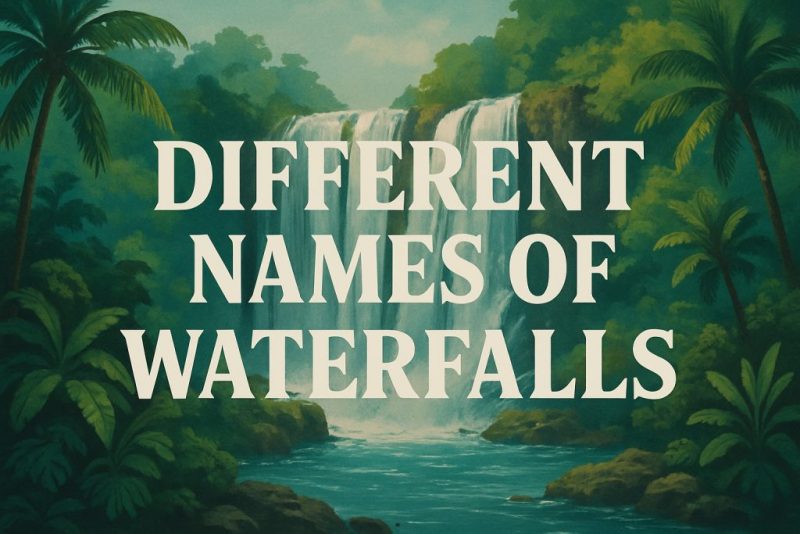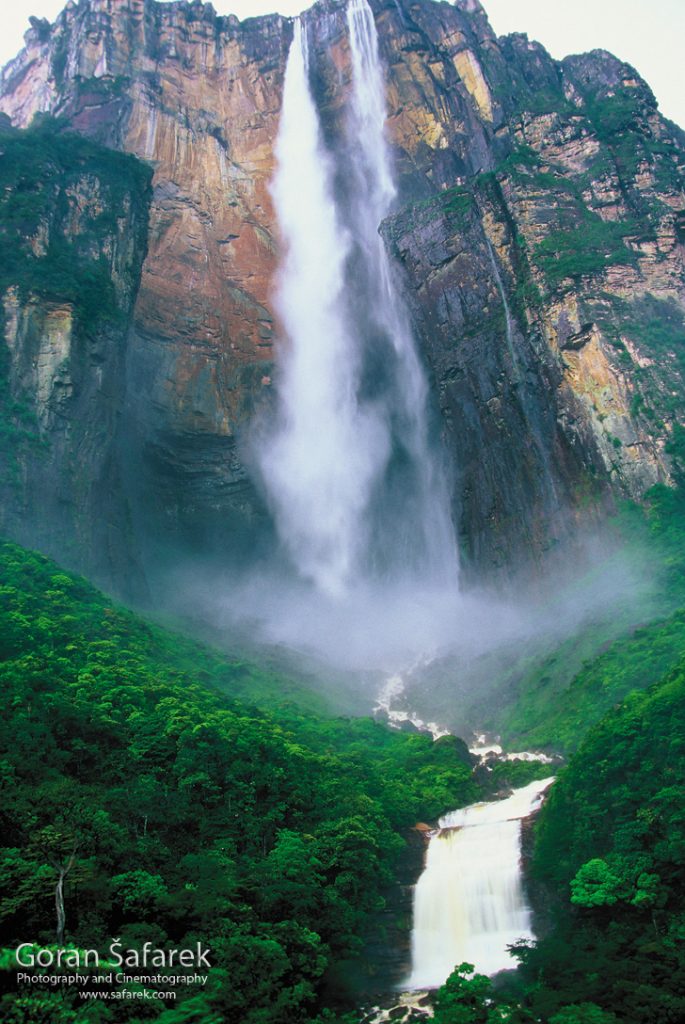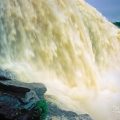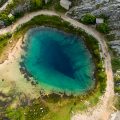Different Names of Waterfalls: From Cascades to Chutes and Everything In Between

What’s the difference between a cascade, a plunge, or a chute? Explore the poetic and scientific names for different types of waterfalls worldwide.
There’s something timeless about a waterfall—a mesmerizing symphony of motion and sound that commands silence and awe. From thunderous mountain plunges to delicate veils tumbling over mossy cliffs, waterfalls are among the most striking natural features on Earth. Carved by time and sculpted by water erosion, they embody the raw power and gentle grace of our planet’s wild heart.
These liquid stairways shape valleys, feed ecosystems, and captivate every traveler who stumbles upon them. But not all waterfalls are the same. Some crash down like giants; others glide like silk. Around the world, they go by many names—cascade, chute, plunge, horsetail—each one whispering a different story of movement, geology, and rhythm.
In this guide, we’ll dive into the different names of waterfalls, unraveling the beauty and meaning behind each term. Whether you’re chasing waterfalls across continents or simply dreaming of them from home, understanding their names adds a whole new layer of wonder to the adventure.
Discover how waterfalls form, the different types, and what makes each one unique
Falls
“Waterfall” is the umbrella term. If you say “Niagara Falls” or “Iguazu Falls,” you’re safe. It’s neutral and general.

Cascade
From the Latin cascare, meaning “to fall.” A cascade is usually a series of small waterfalls or a waterfall that tumbles over rock steps. Think of it as a more graceful, dancing descent, often over multiple tiers. Common in mountain brooks and alpine rivers.
Example: Fairy Pools in Scotland or many waterfalls in the Alps.
🔽 Plunge
A plunge waterfall drops vertically in a single powerful sheet, not touching the rock behind it. Imagine water throwing itself off a cliff. It’s dramatic and loud.
Example: Yosemite Falls in the U.S., or Goðafoss in Iceland during high flow.
Chute
A chute is a narrow, steep channel where water is forcefully funneled, speeding up dramatically. Think of it like water being shot through a tube of rock. Intense, and often a site for extreme kayaking.
Example: Chute Montmorency in Québec
Slide
Here, water slides down a rock face rather than dropping. These waterfalls are smoother and often fan out. The rock is usually at a steep angle, but not vertical.
Example: Sliding Rock in North Carolina, where people literally slide down.
Tiered or Stepped
Multiple drops in a waterfall, each with a distinct ledge. Kind of like a wedding cake made of water.
Example: Erawan Falls in Thailand (seven steps of jungle magic).
Rapids
Not technically waterfalls, but often linked. Rapids are fast, turbulent stretches of river, caused by gradient and rocky beds. If a river is angry but not yet falling, it’s probably a rapid.
Fan
A fan waterfall spreads out in a triangular shape as it falls, like a folding hand fan. Wide and elegant.
Veil
This poetic name is for thin, delicate waterfalls that drift softly over cliffs, often resembling a bridal veil.
Example: Bridalveil Fall in Yosemite.
🌲 Horsetail
The water maintains some contact with the bedrock as it flows down—a long, drawn-out descent, not fully vertical, but majestic.
🔄 Segmented
When the flow is split into distinct channels, creating several side-by-side waterfalls that may rejoin or stay separate.
🌄 A Few More You Might Hear:
-
Ribbon Fall: Very narrow and tall, like a single ribbon of water falling from the sky.
-
Punchbowl: A waterfall that drops into a rounded basin—like it punched out the rock.
-
Sluice: An artificial or natural narrow passage, often used for controlled water flow.
-
Torrent: Usually used in French-speaking regions or poetic language, it evokes a raging stream.
💡 In Different Languages:
-
“Cataract” (English/Latin): A large, powerful waterfall—used in literature or historical texts.
-
“Fosso”, “Saut”, or “Salto” (Italian, French, Spanish): Different styles of “leap” or “fall” used across Romance languages.
-
“Foss”, “Fossar”, or “Fossen” (Nordic languages): Common suffixes in Iceland and Norway.



